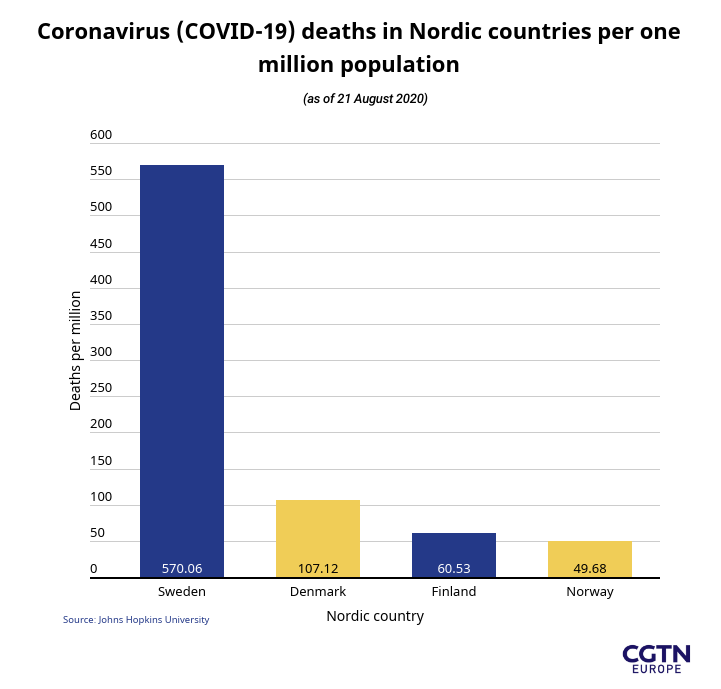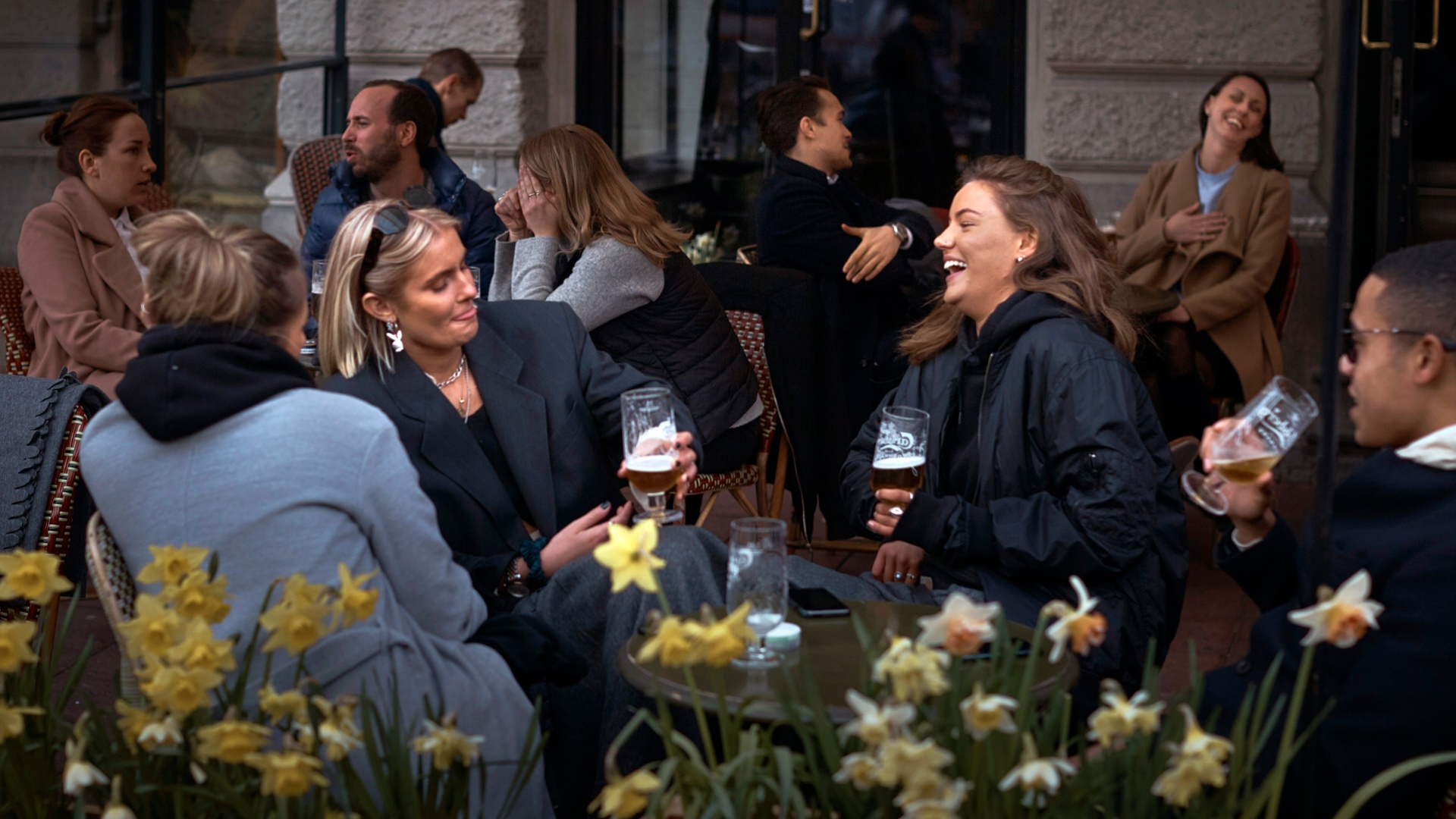Sweden has chosen the right strategy in fighting the spread of the new coronavirus, insisted prime minister Stefan Lofven on Friday. The leader defended the government's decision not to adopt the same sort of strict lockdown that has been adopted by many European countries.
On Thursday, Sweden said it had 85,810 confirmed cases and 5,805 deaths due to COVID-19 – a much higher death rate than neighboring Norway, Denmark and Finland, which decided to take much tougher approaches in comparison to Sweden's softer approach.
However, Lofven remained sure that Sweden has made the correct choice. "The strategy we adopted, I believe is right – to protect individuals, limit the spread of the infection," he said in an interview in daily newspaper Dagens Nyheter.
"What has been discussed most, and what we did differently in Sweden, was that we did not close schools. Now there are quite a few people who think we were right."
Taking a different course
While most countries enforced lockdowns to a greater or lesser extent, with fellow Nordic countries like Norway and Denmark being particularly stringent, Sweden took a different course and relied on voluntary measures focused on social distancing. Even so, some enforced measures have been implemented, such as public gatherings being limited and care homes being quarantined.

Sweden has the highest population of the four Nordic countries but as seen in the graph, it also has the highest number of COVID-19 deaths per one million population among the quartet. As of 21 August, the country had reported 570 deaths per million, far more than neighbors Denmark reported (107), Finland (61) and Norway (50).
That said, Sweden's death rate is not as high as other European countries like Italy (587 per million), Spain (617), the UK (623) and Belgium, which with 873 deaths per million has the EU's highest rate.
Furthermore, while many countries and regions in Europe are seeing the number of cases pick up again as restrictions are loosened, Sweden has seen a decline in infections and deaths in recent weeks.
Masking behavior
Lofven also defended the decision by the Public Health Agency not to enforce the wearing of face masks, a move implemented by many countries not just in Europe but across the globe.
"What they are saying, and what I absolutely believe, is that they cannot be the main tool we use," said Lofven. "What is important still is social distancing, testing and tracking. Those must be our main focus in order to reduce infection."

In March and April, as much of Europe shut down, Swedes continued to enjoy drinks with friends in crowded cafes and restaurants. /Andres Kudacki/AP Photo
In March and April, as much of Europe shut down, Swedes continued to enjoy drinks with friends in crowded cafes and restaurants. /Andres Kudacki/AP Photo
When Sweden decided to adopt a different course, the country reasoned that it has a high proportion of people living in single households, with few packed into urban centers and a population that tends to follow governmental advice to the letter. It took the approach that it is better to have slightly more relaxed restrictions uniformly followed than stricter ones which could be flouted by a larger number of people.
Some also believed that Sweden would be better off in the long run. "In the end, when countries are compared, maybe Sweden will be hit in another way in the first period," leading Swedish epidemiologist Peter Nilsson, from Lund University, told CGTN Europe back in April. "But maybe it will escape the second or third wave."
Enter the vaccine
However, now there is hope that any second wave can be avoided. Sweden said on Thursday that it had agreed to take part in the European Union's deal with pharmaceutical group AstraZeneca to secure a supply of a coronavirus vaccine as soon as it is discovered.
The deal means that the country, which has a population of 10.3 million people, would get around six million doses of the vaccine in an initial phase, and two million more in a later phase.
"Within two weeks we will have three more (vaccine) agreements to consider, and that there will be another three or four in a month or two. We are negotiating with everyone to make sure we are covered," said Sweden's national vaccine coordinator, Richard Bergstrom to reporters.
AstraZeneca said in July that its vaccine, which has been developed together with the University of Oxford, should be available by the end of the year.
Check out our new six-part podcast series Notes on a Pandemic as CGTN Europe finds out how business, science and people have risen to the challenge of COVID-19.